After decades of bloodshed, political deadlock, and shattered peace initiatives, Israel and Hamas have once again returned to the negotiating table. This time, both sides are engaging in what observers describe as the “most substantive discussions” in years—a process mediated by regional and international actors aiming to forge a lasting framework for peace.
But beneath the cautious optimism lies a deep vein of skepticism. The wounds of war, mutual distrust, and competing political realities threaten to derail progress before it begins. Still, the fact that dialogue is even taking place marks a rare and fragile moment of possibility in a region where hope has so often been eclipsed by violence.
A New Round of Talks — Cautious but Crucial
The latest peace effort, quietly initiated over recent weeks, builds on months of back-channel communication facilitated by Egypt, Qatar, and the United States. According to diplomats close to the talks, discussions focus on three key areas: a long-term ceasefire, the return of Israeli captives held in Gaza, and the gradual easing of the blockade that has strangled the enclave for more than a decade.
Unlike past efforts that sought sweeping political resolutions, this approach emphasizes gradual, enforceable steps. The idea is to build trust through action, not declarations—a stark contrast to previous peace summits that collapsed under their own ambition.
Officials involved in the process have described a “phased plan” where each concession from one side would trigger a reciprocal gesture from the other. For example, limited reopening of Gaza’s border crossings could coincide with the release of prisoners or the dismantling of rocket manufacturing facilities.
“The difference this time,” one regional diplomat explained, “is that everyone recognizes that total victory is impossible. The question now is whether both sides can accept an imperfect peace over perpetual war.”
What’s Driving the Renewed Push
Several factors have converged to create what analysts call a “window of necessity.”
Israel, still reeling from domestic unrest and facing mounting international criticism over civilian casualties in Gaza, sees de-escalation as a strategic imperative. The ongoing conflict has strained its economy and isolated it diplomatically, even among some of its traditional allies.
For Hamas, Gaza’s dire humanitarian situation is unsustainable. Infrastructure lies in ruins, hospitals are under strain, and unemployment has soared to record levels. A prolonged standoff threatens to erode the group’s grip on power as public frustration grows.
Regional powers—particularly Egypt and Qatar—are also motivated to stabilize Gaza, fearing that renewed warfare could spill over and destabilize their borders. The United States, meanwhile, has quietly encouraged the initiative, seeking to reduce regional tensions as it faces multiple foreign policy challenges elsewhere.
Deep Mistrust Shadows Every Step
Despite shared incentives, neither side trusts the other. Israel accuses Hamas of using truces to rearm and rebuild its military infrastructure. Hamas, in turn, accuses Israel of violating past agreements by continuing targeted strikes and imposing harsh restrictions on movement and trade.
This lack of trust extends beyond the leadership. On the Israeli side, right-wing politicians warn that any engagement with Hamas legitimizes a militant organization responsible for attacks on civilians. Within Gaza, factions opposed to compromise accuse Hamas of weakening the Palestinian cause by considering deals short of full sovereignty.
Even within Hamas, internal divisions complicate negotiation efforts. The group’s political leadership, based in Doha, reportedly favors engagement, while military commanders on the ground remain skeptical of Israel’s intentions.
“Trust doesn’t exist,” said one Palestinian analyst. “What exists is exhaustion—and the hope that exhaustion might finally push both sides toward pragmatism.”
International Mediation and the Role of Regional Powers
Egypt remains the key broker in the talks, using its historical leverage with both parties to facilitate communication. Cairo’s intelligence services have coordinated discreet meetings in European and Arab capitals, where negotiators from Israel and Hamas exchanged proposals.
Qatar, a long-time financial backer of Gaza’s public sector, has offered to expand its humanitarian funding under international supervision, while also serving as a communication conduit between Hamas and Western diplomats.
Turkey and Jordan have expressed cautious support, though both stress that any deal must include a path toward broader Palestinian political reconciliation—something long seen as essential to sustainable peace.
For its part, the United States has signaled conditional backing. Washington views the ceasefire discussions as a potential first step toward a more comprehensive peace initiative that could also involve the Palestinian Authority and neighboring Arab states.
European diplomats, meanwhile, are preparing a reconstruction package contingent on verified stability and transparency in aid distribution. They hope that visible economic recovery in Gaza could bolster moderates and weaken extremist narratives.
Inside the Proposed Framework
While details remain closely guarded, multiple sources familiar with the talks describe a working outline built around four pillars:
- Ceasefire and Security Arrangements – A mutual commitment to halt hostilities for an extended period, with international monitoring to prevent violations. Israel seeks guarantees against rocket attacks, while Hamas demands a stop to targeted assassinations and incursions.
- Humanitarian and Reconstruction Efforts – The rebuilding of Gaza’s shattered infrastructure, funded by international donors but overseen by a joint mechanism to prevent diversion of funds. Priority areas include power plants, hospitals, and schools.
- Prisoner and Hostage Exchange – The release of Israeli captives in exchange for a phased release of Palestinian prisoners held in Israeli jails. This remains one of the most emotionally charged and politically sensitive aspects of the talks.
- Economic and Border Easing – Gradual reopening of border crossings, expanded fishing zones, and increased import/export activity under strict monitoring. The goal is to reduce Gaza’s dependence on foreign aid and restore a semblance of normal economic life.
These measures are designed to create “irreversible momentum” toward a more stable coexistence, even if broader political issues—like the final status of Jerusalem or Palestinian statehood—remain unresolved for now.
The Challenges Ahead
The road to peace is littered with the debris of failed attempts. Analysts warn that without credible enforcement mechanisms, the current initiative could collapse like those before it.
One key concern is the role of spoilers—armed factions or political hardliners who may seek to disrupt progress through violence or propaganda. A single high-profile attack could unravel months of delicate diplomacy.
Domestic politics also loom large. In Israel, any major concession could trigger backlash from coalition partners and the public, particularly from right-wing constituencies opposed to negotiating with Hamas. In Gaza, Hamas must navigate dissent within its ranks and skepticism from Palestinians in the West Bank, many of whom view the group’s governance as authoritarian and self-serving.
“Every step forward carries the risk of being the last,” one European diplomat remarked. “The challenge is to make sure that small progress is protected from collapse.”
A Moment of Fragile Hope
Despite the towering obstacles, diplomats and observers agree that the fact talks are taking place at all is a sign of shifting realities. Both sides face unprecedented internal and external pressures that make continued conflict increasingly untenable.
While few expect an immediate breakthrough, even a limited ceasefire could save lives, ease suffering, and lay groundwork for a more durable arrangement. The coming weeks will test whether pragmatism can triumph over pride, and whether leaders on both sides are willing to risk political capital for peace.
For now, hope in the region remains cautious but alive—flickering amid the ruins, sustained by the faint but persistent belief that even the longest conflicts can one day yield to compromise.



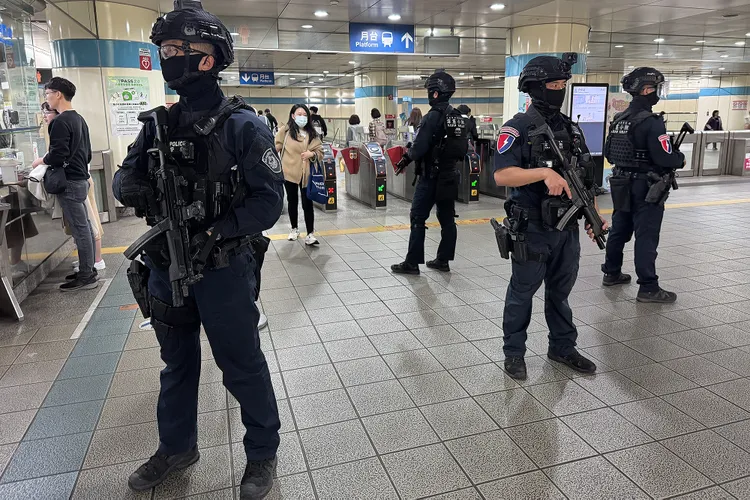
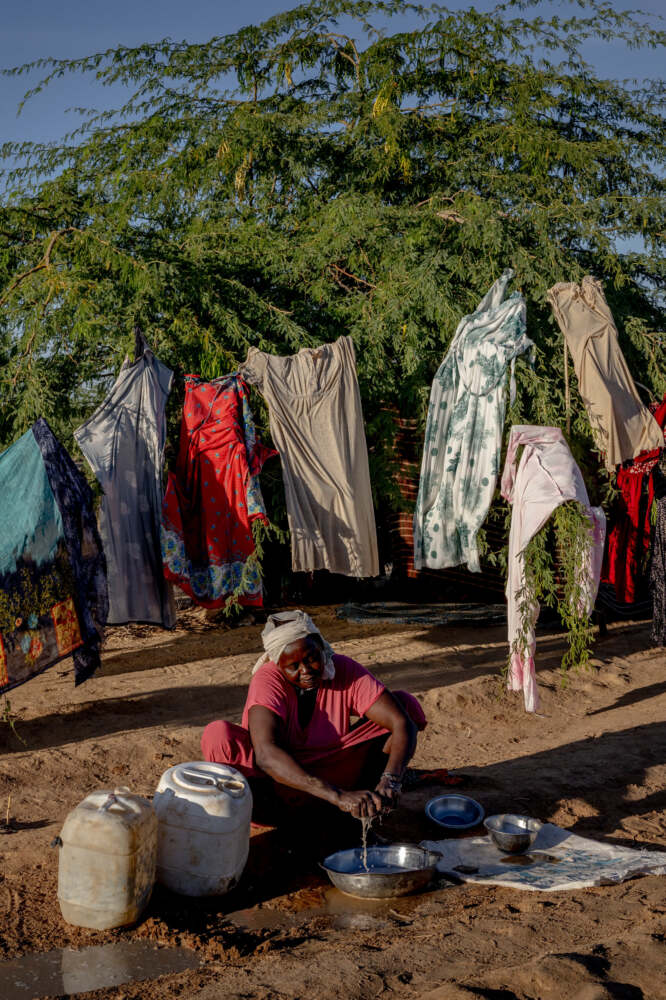

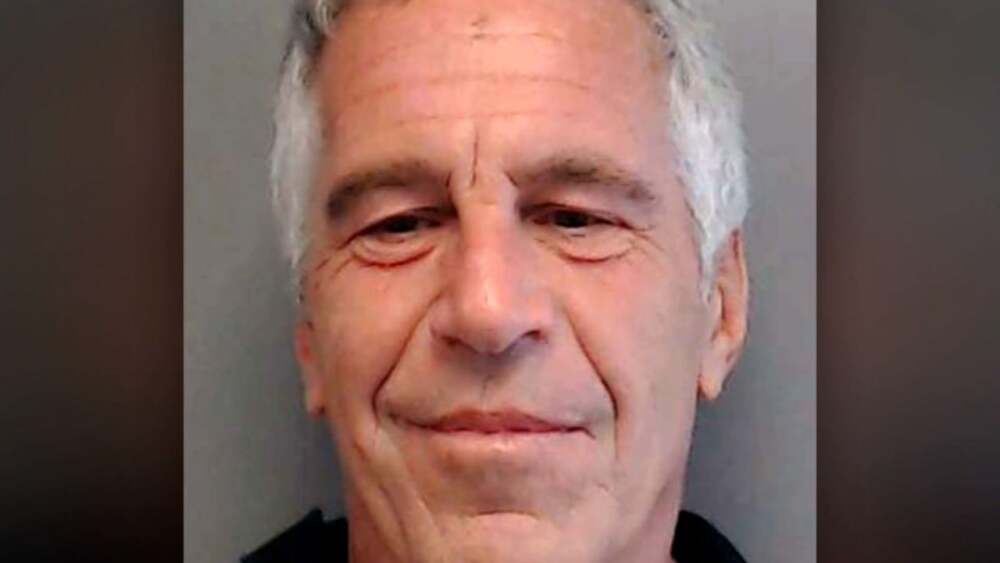

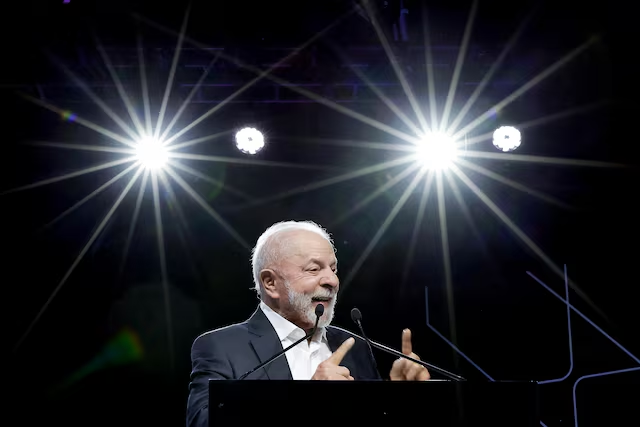

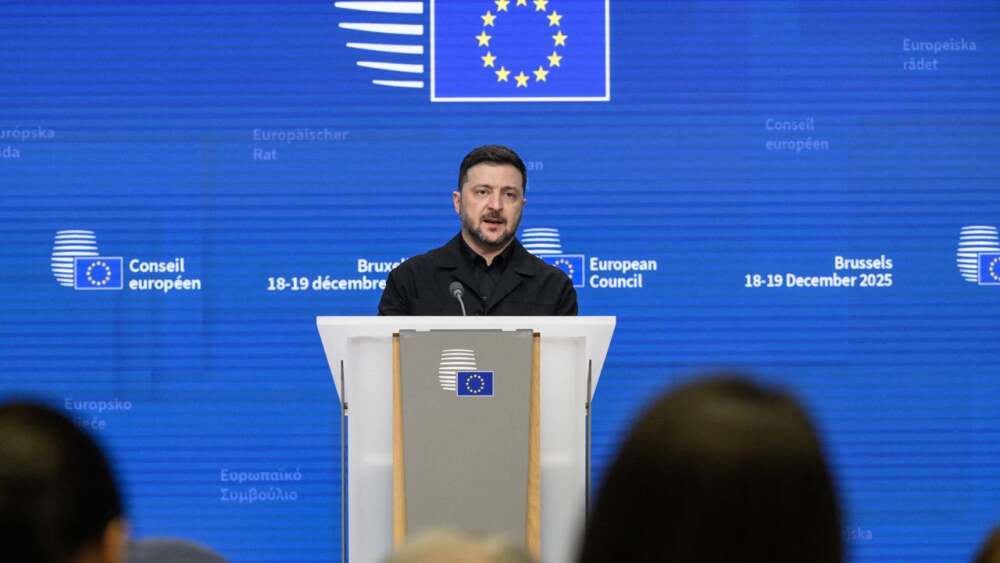
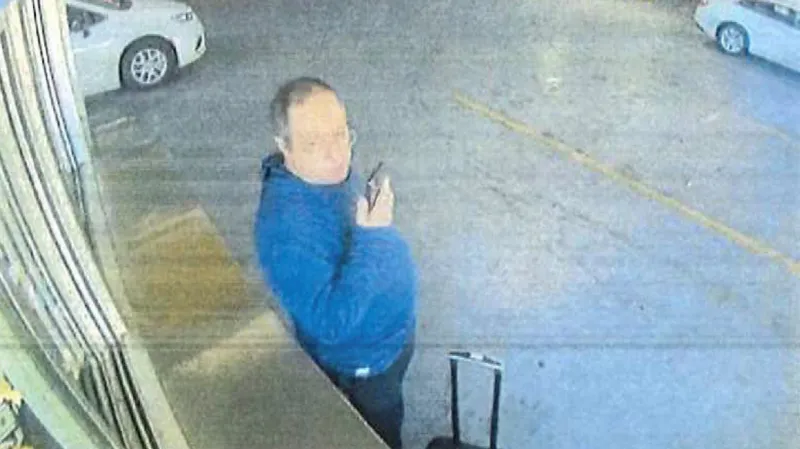




Leave a Reply